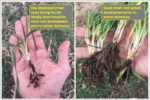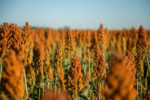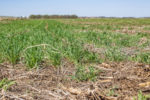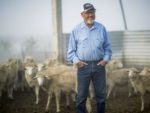Advertise Follow Us
Dryland No-Tiller
No-Till’s a Better Dryland Investment Than Irrigation
Former Dakota Lakes Research Farm director says fixing nutrient, energy and water cycles is key to improving no-till
Read More
Native Grasses Provide Forage, Moisture Retention in Southwest
Native grasses provide vital benefits to the Southwest desert ecosystem, high-quality forage for livestock and effective mitigation tools for addressing natural resources concerns.
Read More
What I've Learned from No-Tilling
Focus on No-Till, Soil Health Puts Farm Problems Out to Pasture
Veteran no-tiller Terry Ness has found a focus on soil health and diverse rotations can mean reduced inputs and security in the face of weather, insects, weeds and disease.
Read More














